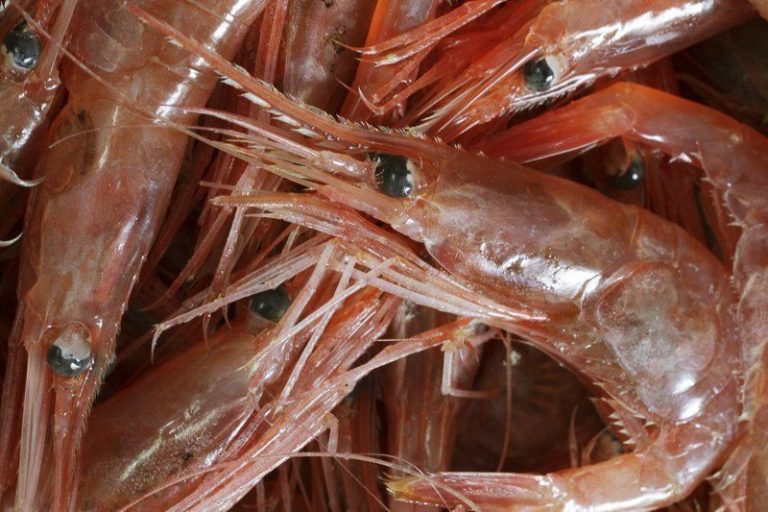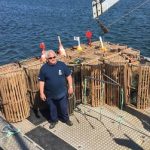Tag Archives: marine biologist Ellen Goethel
Cocaine sharks: The hidden drug problem in the Gulf of Maine and oceans
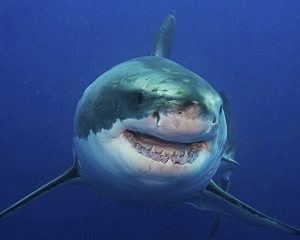 An article on the BBC and subsequently picked up by the New York Times just reinforced what I have been teaching for a long time. The article reports on a finding from the Oswaldo Cruz Foundation, which found high levels of cocaine in 13 Brazilian sharp-nosed sharks tested near Rio de Janeiro. So, how did the drugs get into the livers and muscles of the sharks? I can think of three possibilities. First, illegal drug labs might be discharging wastewater into the harbor. Second, sharks could have ingested floating cocaine packets dumped to evade authorities. Lastly, and most likely, local sewage discharge might be releasing large quantities of urine from drug users. more, >>CLICK TO READ<< 08:12
An article on the BBC and subsequently picked up by the New York Times just reinforced what I have been teaching for a long time. The article reports on a finding from the Oswaldo Cruz Foundation, which found high levels of cocaine in 13 Brazilian sharp-nosed sharks tested near Rio de Janeiro. So, how did the drugs get into the livers and muscles of the sharks? I can think of three possibilities. First, illegal drug labs might be discharging wastewater into the harbor. Second, sharks could have ingested floating cocaine packets dumped to evade authorities. Lastly, and most likely, local sewage discharge might be releasing large quantities of urine from drug users. more, >>CLICK TO READ<< 08:12
The northern stargazer: A fish that lives under the sand and packs a punch
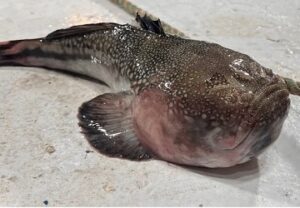 A friend of mine, Tom Testaverde, who is captain of the fishing vessel F/V Midnight Sun, recently sent me a photo of a fish he caught in his net while fishing for squid near Rhode Island. I honestly had no idea what it was, but I got out my trusty “Fishes of the Gulf of Maine” by Bigelow and Schroeder and began a search for this odd-looking fish. First, I could see that it was slimy and did not have scales. It also had huge pectoral fins that looked more like paddle-shaped feet. You couldn’t ignore the huge, wide mouth that tipped up with what appeared to be an underbite and tiny eyes. This is not a fish I had ever seen before, and I wish he had brought it in so we could have had a closer look. >click to read< 09:04
A friend of mine, Tom Testaverde, who is captain of the fishing vessel F/V Midnight Sun, recently sent me a photo of a fish he caught in his net while fishing for squid near Rhode Island. I honestly had no idea what it was, but I got out my trusty “Fishes of the Gulf of Maine” by Bigelow and Schroeder and began a search for this odd-looking fish. First, I could see that it was slimy and did not have scales. It also had huge pectoral fins that looked more like paddle-shaped feet. You couldn’t ignore the huge, wide mouth that tipped up with what appeared to be an underbite and tiny eyes. This is not a fish I had ever seen before, and I wish he had brought it in so we could have had a closer look. >click to read< 09:04
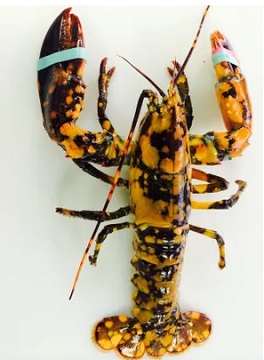
What’s behind the surge of blue, orange and calico lobsters in the Gulf of Maine?
If you have been to the Oceanarium at Hampton Beach, you know that we usually have some odd-looking lobsters. We currently have an orange, a blue, a calico, and a normal-colored lobster in our tanks. The question is always: How rare are these animals? The answer has gotten more and more murky as the years pass. The color of lobsters can be due to several things. Diet can cause them to be less vivid or more yellow from eating certain seaweeds. Shell disease can cause them to be spotted and appear to be calico. The color can also be caused by a genetic mutation, which affects the proteins in their exoskeleton. photos, >click to read< 10:53
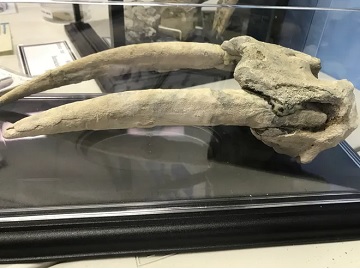
New Hampshire: Skull of extinct Atlantic walrus on display at Explore the Ocean World Oceanarium
Tom Testaverde was fishing his stern trawler, the fishing vessel, F/V Midnight Sun, in about 50 fathoms (300 feet) of water along Race Point off Provincetown, Massachusetts, in the Gulf of Maine. He hauled in the “bag” of fish, concentrating on the catch and the species as the bag opened and spilled onto the deck, when he saw what looked like a middle finger sticking out of the mesh between the fish.,, The skull resided in his garage for many years, but is now on loan to the Oceanarium. Seeing the tusks in person is a real treat and one I love to share with visitors.,,, Many thanks to Tom and the crew of the Midnight Sun for the generous loan of this great piece of natural history. >click to read< 12:22
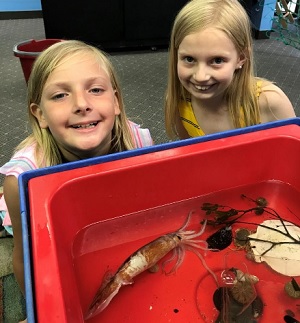
Scallops and squid: Sea creatures with a lot in common
What do a scallop and squid have in common? Well lots, they are both mollusks along with clams and octopus. The squid and scallop both use “jet propulsion” to swim. They both have eyes developed to see well under water, completely different than the eyes humans have. Now, what is different? Well, the scallop has two shells to protect its body, but that makes the animal very heavy, thus they live on the seabed and open and close their shells quickly to swim away from prey for short distances at a time. Squid, on the other hand, are the faster swimmers. >click to read< By Ellen Goethel, a marine biologist and the owner of the Explore the World Oceanarium at Hampton Beach





































